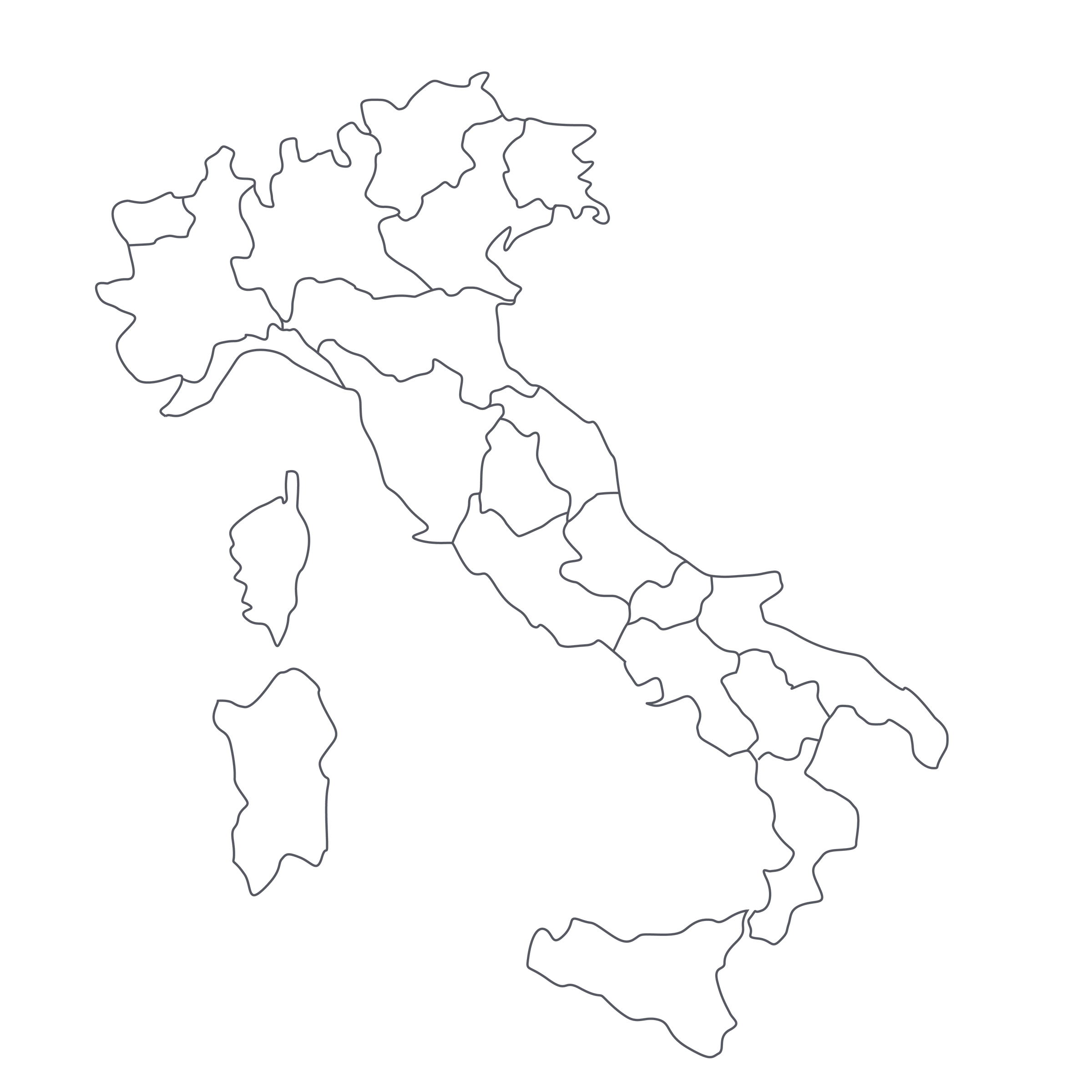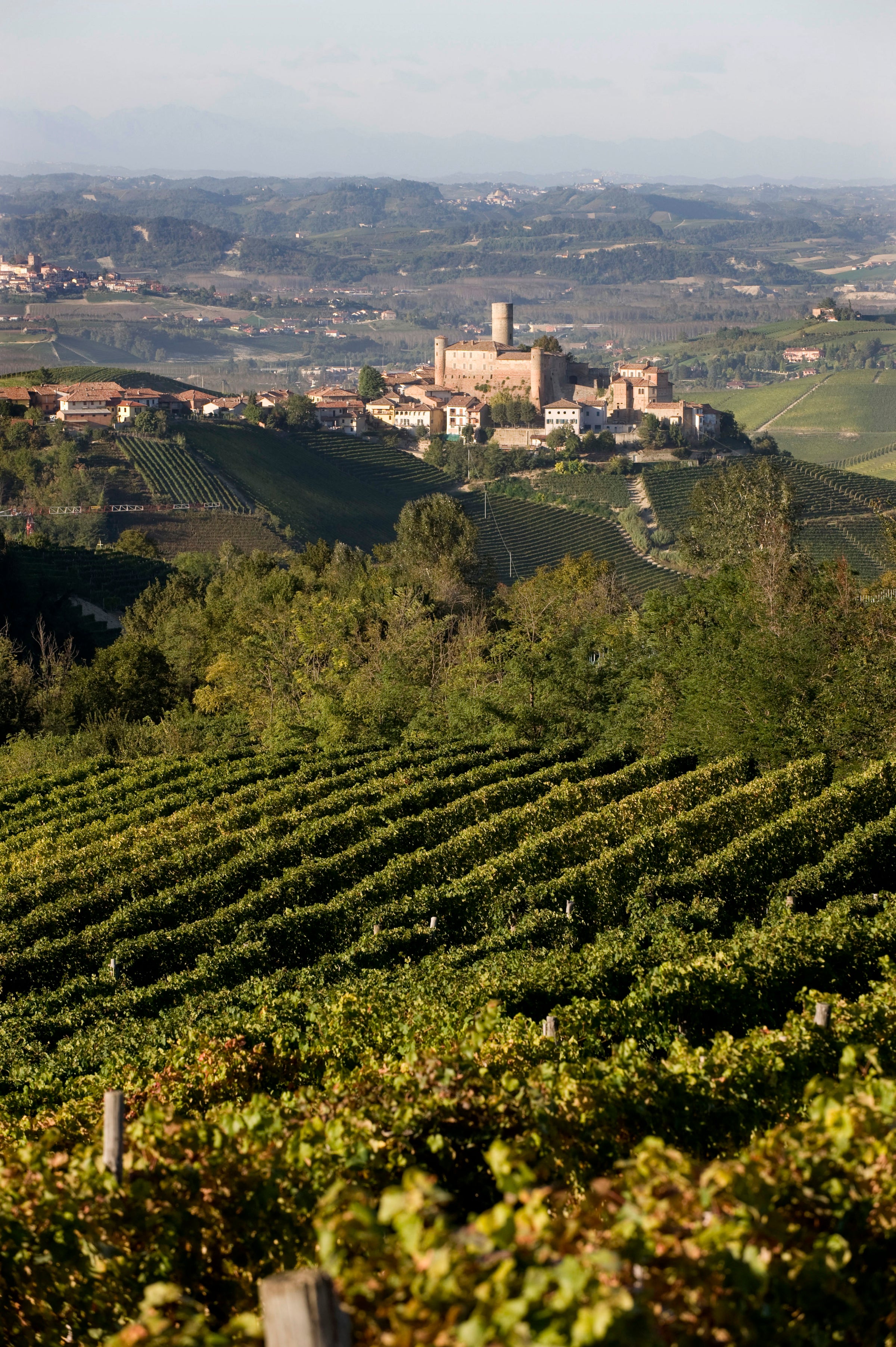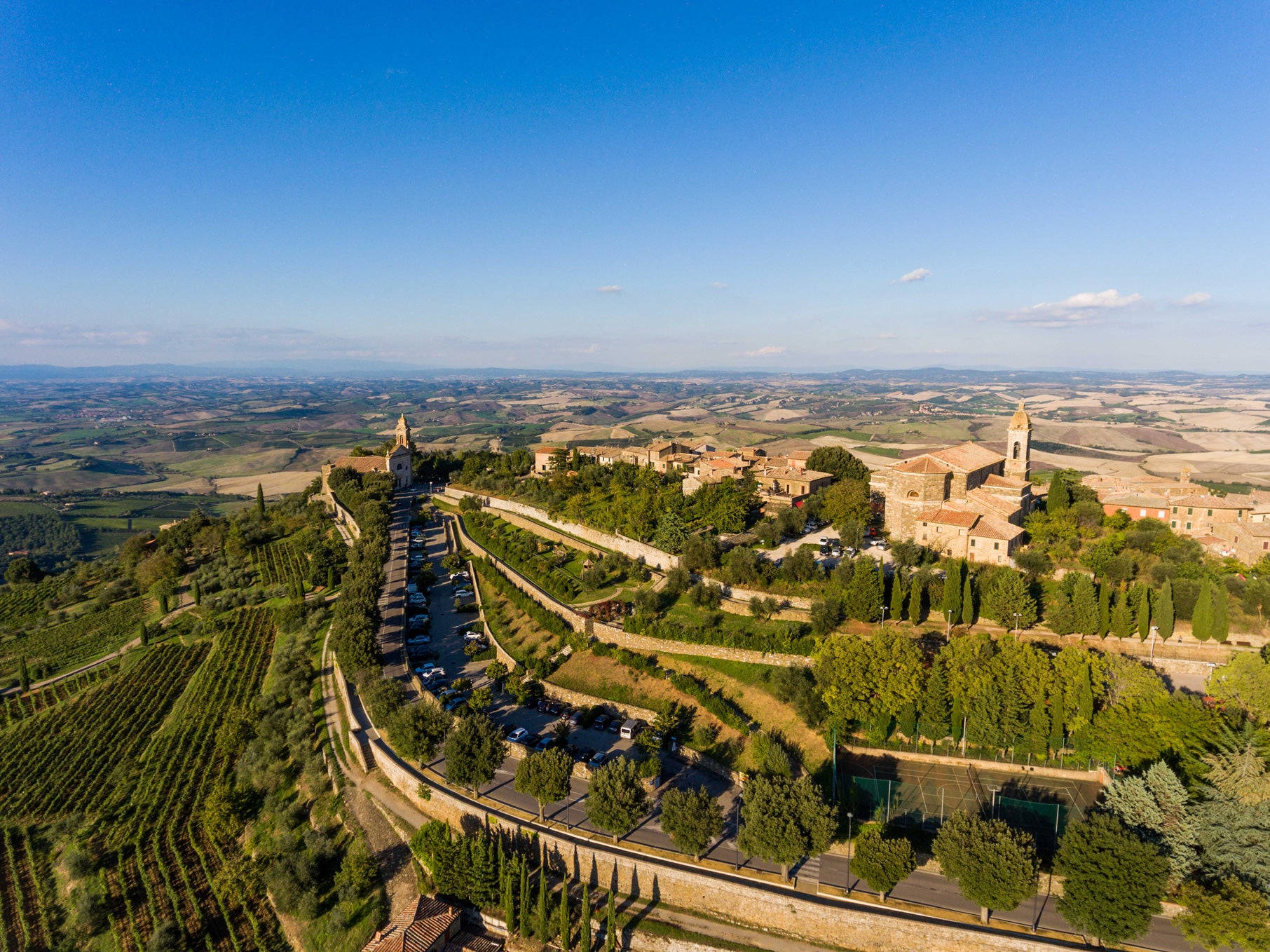Don’t get me wrong: People love Champagne. It’s awesome. But the sparkling wines grabbing all the headlines these days are (a) somewhat less sparkly and (b) a lot more affordable. I’m talking about the many variations on “pét-nat”—short for pétillant naturel, or “naturally sparkling.” These wines are appealing on many levels, but the way they speak to a more artisanal, pre-technology era of winemaking may be their biggest draw. Today’s offering from Le Vigne di Alice isn’t a pét-nat, but it is a faithful, naturally made homage to the traditional frizzante (semi-sparkling) wines of Cinzia Canzian’s native Prosecco region.
Before there was the Prosecco most of us know today—fully sparkling and packaged to look like Champagne—there were wines from native grapes like Glera, Verdiso, and Boschera that effectively “ended up” with a little residual fizz. Prior to the advent of stainless steel tanks, cultured yeasts, sulfur additions, and other refinements, most wine was probably this way: lightly sparkling as the result of having been bottled before fermentation finished. “Tajad” arrives at frizzante in a more deliberate manner, but the result is the same: a tangy, bone-dry sparkler with the same energy as Champagne but less austerity. Its combination of purity, authenticity, and affordability is simply unbeatable—which is why it’s such a wine of the moment.
“Tajad” tastes like it bubbled up from the ground rather than from a tank, but in truth, it did undergo secondary fermentation in stainless steel (more on that below). It is one of a wide range of sparkling wines, representing just about every style of sparkling wine in existence, made by Cinzia Canzian’s Le Vigne di Alice. Based in the town of Vittorio Veneto, in the shadow of the Dolomites, Le Vigne di Alice was named for Cinzia’s grandmother, Alice, who ran an osteria in the area. Vittorio Veneto is right in the heart of Prosecco country, just a few miles north of Conegliano in northeastern Veneto, and for many years Cinzia worked at her husband’s winery, Bellenda, before striking out on her own. Working with roughly 12 hectares of vines (nine of which have been in her family for generations), she has made a mission of re-examining, and re-defining, Prosecco wine. In addition to the signature grape of the region, Glera, she also grows (and champions) lesser-known local varieties such as Verdiso and Boschera, which, in the case of “Tajad,” play a more prominent role than Glera in the blend. The vineyards, situated in hills in the shadow of the Dolomites, are farmed organically and feature soils of glacial moraine, clay, and limestone.
For sparkling wine geeks, Le Vigne di Alice would be a great place to apprentice. Cinzia produces Prosecco in every style imaginable, from método classico (i.e. méthode Champenoise, or “Champagne method”) to método ancestrale (“ancestral method”) to método charmat (“tank method”). The best way to describe “Tajad” is as a charmat-method sparkler crafted in the most natural way possible: organically farmed fruit is hand-harvested and fermented using only ambient yeasts in stainless steel, and when the time comes to inoculate the secondary fermentation, Cinzia uses a pied de cuve (a fermentation “starter” made from fresh, fermenting grape must) rather than adding any sugar. No sulfur is added at any time. The only thing differentiating this wine from a pét-nat is that the secondary fermentation finishes in tank, not bottle.
Containing 40% each Boschera and Verdiso and 20% Glera, “Tajad” is bone-dry and gently effervescent, with lots of yeast-derived notes accentuating the bright fruit. In the glass, it shines a silvery straw-gold and sends up aromas of yellow apple, pear, white peach, acacia flowers, fresh cream, bread dough, pepper, cut hay, and wet stones. It is taut and refreshing, with an impeccable fruit-earth-yeast balance and none of the flabby, sugary qualities of mass-market Prosecco. Lovers of dry ciders and saison-style beers will go crazy for it, but frankly, so will lovers of grower Champagne, Chablis, and other spring-loaded whites. My natural inclination with this wine is to serve it at 45 degrees in all-purpose stems with some Venetian-style snacks (cichetti) to kick off a meal. I like the looks of the attached recipe and can’t wait to try the combination myself. Enjoy!









